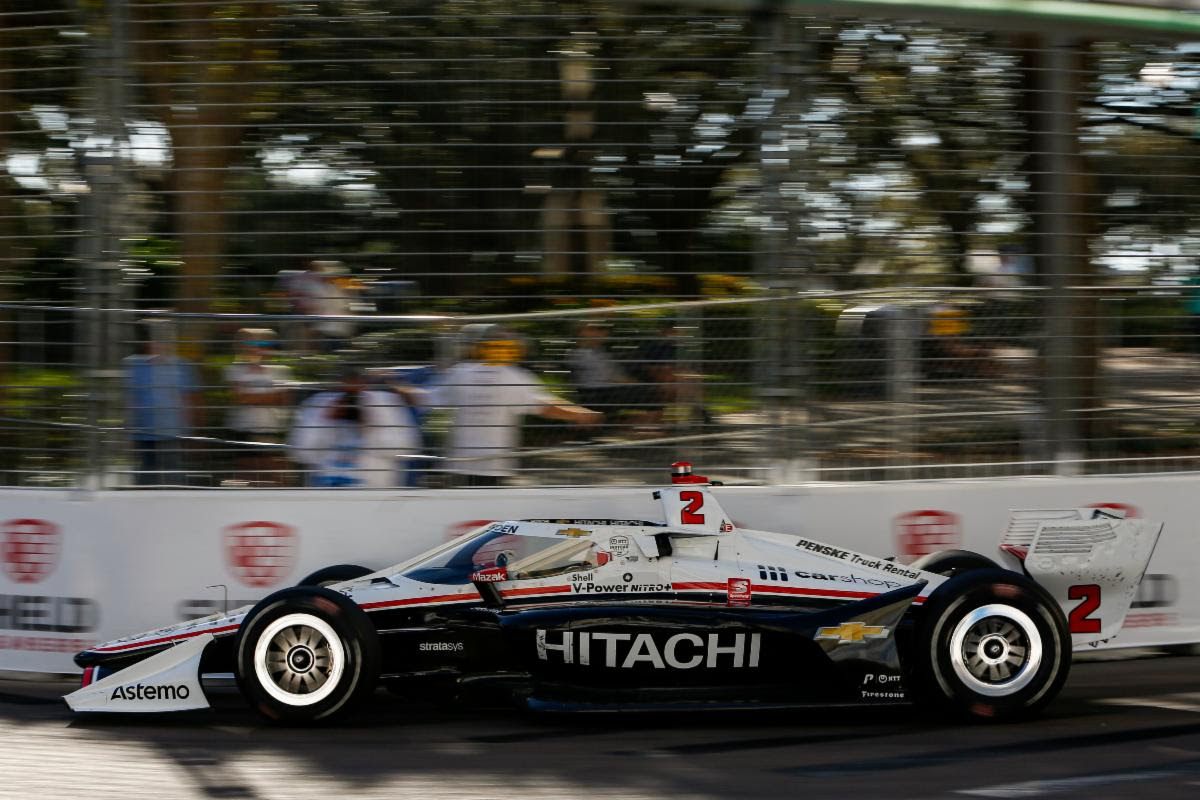The American Academy of Pediatrics recommends children ride in a car seat until they are two years old. This is because it’s the most secure way to protect your child’s neck and spinal cord in the event of an accident. If you have a baby, chances are that you’ve noticed baby car seats can be extremely expensive. While many parents will opt for the most inexpensive model, if you’re going to use it for up to two years, (and maybe even longer) there are a few things you should check for when buying baby car seats in New Zealand.
1. Check the expiration date
The expiration date is usually located on the bottom of your car seat or on the back of it. The date is usually 5-10 years after the manufacture date. This makes sense since plastic deteriorates over time due to weather exposure and other factors. Since this product is meant to keep your baby safe, it needs to be in good working shape. If you plan on using it for multiple children, make sure that you consider how long the product has left before it expires.
2. An expiration dates
All car seats have an expiration date. This is because over time, various components in the seat can degrade, which means that an old car seat may be less effective at keeping your child safe in an accident. Check the owner’s manual or on the seat itself for an expiration date.
3. A tight fit
It’s important to make sure your child’s car seat fits snugly in your vehicle, so it doesn’t move around too much in a crash. Most convertible or all-in-one car seats have a built-in lockoff device that makes it easy to get a snug installation with the vehicle’s seat belt, but some require locking clips that need to be purchased separately.
4. How easy is it to install?
Many newer car seats now come with features that make installation easier than ever before, like LATCH connectors or built-in levelers. Ask someone to help you place the seat in your car and try installing it yourself to see how difficult it is. You may also want to consider having your car seat professionally installed so you know it will be done right and you can rest assured that your child will be safe in the event of an accident.
5. Safety
The safety of your child should be the first thing on your mind when looking at baby seats. Car seats have to adhere to very strict safety regulations. You should always check the label on the back of any seat you’re considering buying, and verify that it conforms with the European Standard ECE R44/04. It’s also a good idea to read some reviews from other parents who have used the seat in question.
6. Price
Price can be a tricky thing when buying a baby car seat. While cost shouldn’t be your final deciding factor, it does make sense not to spend more than you need to on something that may only last for a few years before your child outgrows it.
7. Rear-facing only vs. convertible
You can choose between rear-facing only and convertible seats. Rear-facing only is less expensive but your child will grow in weight or height and exceed the limits than that of a convertible seat. For that reason, convertible seats are more expensive but last longer.
The verdict
These vary from seat to seat, so it’s best to go with one that has a higher limit if possible. They range from 4 pounds up to about 40 pounds. The maximum weight for children who should be in rear-facing car seats is 40 pounds in Ontario and Quebec, but 20 pounds in New Brunswick and Nova Scotia (although there’s no law against having a heavier child in a rear-facing seat).






